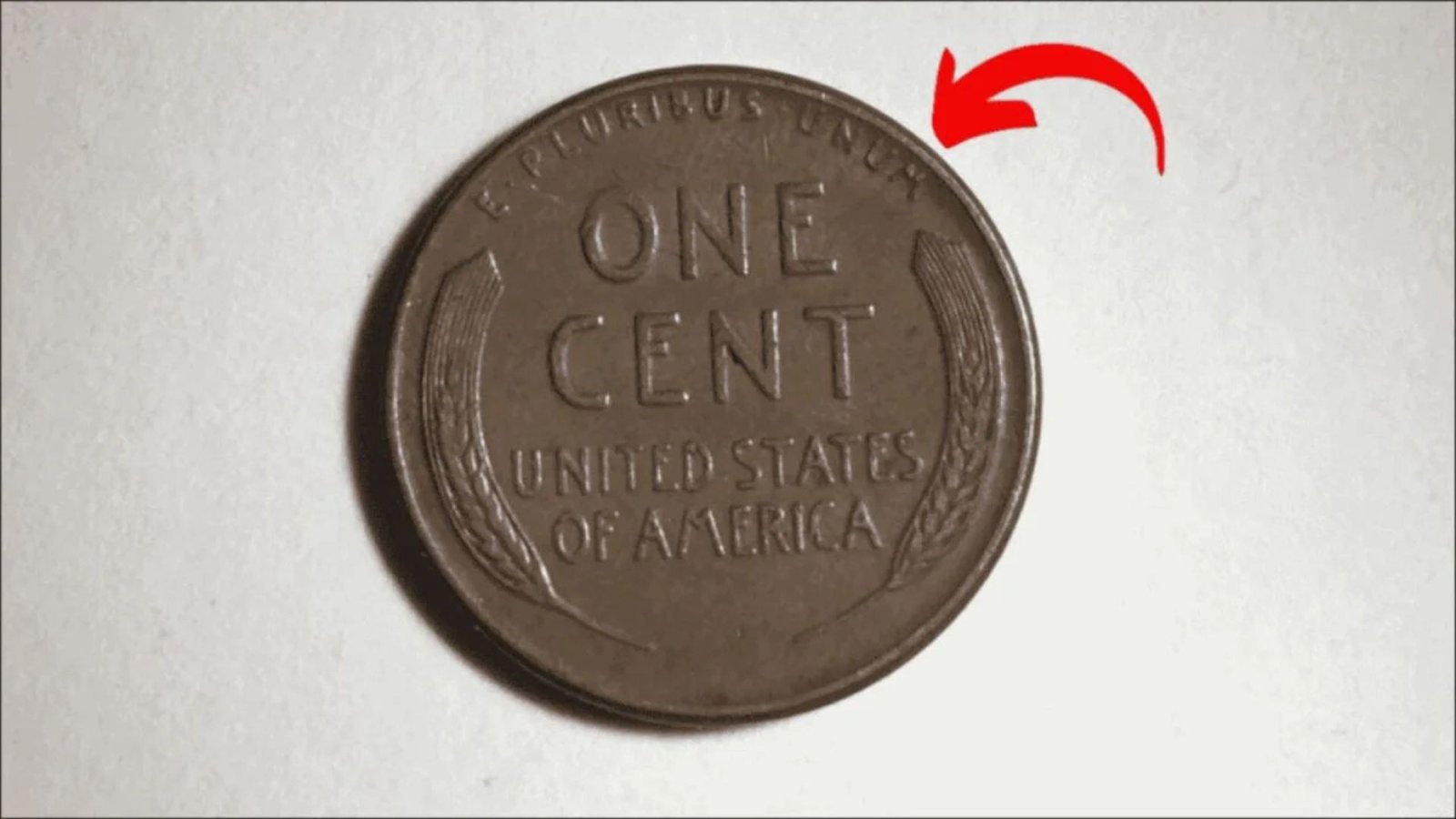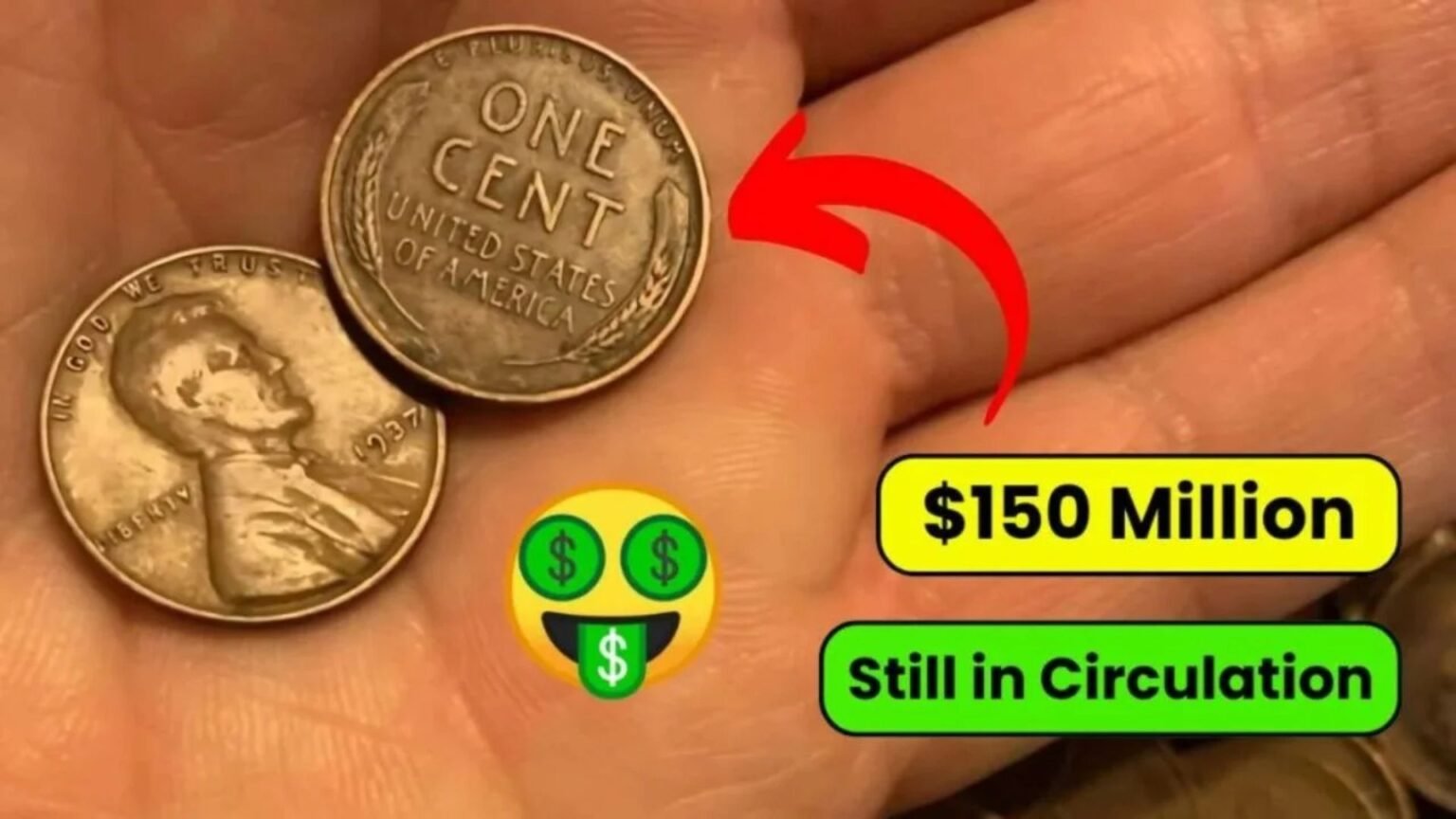Have you ever checked your pocket change and wondered if a simple penny could be a hidden treasure? The Lincoln Wheat Penny, minted from 1909 to 1958, is more than just a coin—it’s a piece of history that could be worth a fortune. Some rare versions, like the 1943 bronze penny, have sold for millions, sparking a nationwide hunt for these valuable coins. Let’s dive into the exciting world of the Lincoln Wheat Penny, learn why some are so valuable, and discover how you can spot one in your change jar!
What Is the Lincoln Wheat Penny?
The Lincoln Wheat Penny was first made in 1909 to celebrate the 100th birthday of President Abraham Lincoln. Designed by Victor David Brenner, it was the first U.S. coin to feature a real person’s face instead of symbols like Lady Liberty. The front shows Lincoln’s profile, while the back has two wheat stalks around “ONE CENT” and “UNITED STATES OF AMERICA,” giving it the nickname “Wheat Penny.” These coins were used until 1958, when the Lincoln Memorial design replaced them.
Over nearly five decades, billions of Wheat Pennies were made in Philadelphia, Denver, and San Francisco. Most are worth just a cent, but some rare ones with unique features or mistakes are highly sought after by collectors.
Why Are Some Lincoln Wheat Pennies So Valuable?
Certain Lincoln Wheat Pennies are worth thousands or even millions due to their rarity, historical importance, or minting errors. Here’s why some stand out:
Rarity
Some pennies were made in small numbers, making them hard to find. For example, the 1909-S VDB penny had only 484,000 coins minted, and the 1914-D had just 1.2 million.
Minting Errors
Mistakes during production can make a coin extremely valuable. The most famous is the 1943 bronze penny. During World War II, pennies were made from steel to save copper for the war. However, a few bronze pennies were accidentally made in 1943, and only about 10–20 are known to exist.
Condition
Coins in great condition, with clear details and no damage, are worth more. Collectors call these “mint” or “uncirculated” coins, and they can fetch high prices at auctions.
Top Valuable Lincoln Wheat Pennies to Look For
Here’s a table of the most valuable Lincoln Wheat Pennies and their estimated values:
| Year & Type | Mint Mark | Key Feature | Estimated Value |
|---|---|---|---|
| 1943 Bronze Penny | D or S | Mistakenly made in bronze | $1M–$2.3M |
| 1909-S VDB Penny | S | Designer’s initials (VDB) | $100K–$258K |
| 1914-D Penny | D | Low mintage (1.2M coins) | $150K–$530K |
| 1922 No D Penny | None | Missing Denver mint mark | $50K–$1M |
| 1955 Double Die Penny | None | Doubled text on date and words | $50K–$1.5M |
Note: Values depend on the coin’s condition and market demand.
How to Spot a Valuable Lincoln Wheat Penny
Finding a rare penny is like searching for a needle in a haystack, but it’s easier than you think to start. Here’s how to check your coins:
Step 1: Look at the Date and Mint Mark
Check the year on the front of the penny. Key dates to watch for include 1909, 1914, 1922, 1943, and 1955. Look for a mint mark (a small “D” for Denver or “S” for San Francisco) under the date. Coins from these mints are often rarer than those from Philadelphia (no mint mark).
Step 2: Check for Errors
Use a magnifying glass to spot errors like doubled text (especially on 1955 pennies) or missing mint marks (like the 1922 No D). For 1943 pennies, check if it’s bronze instead of steel.
Step 3: Test for Bronze (1943 Pennies)
- Magnet Test: Steel pennies stick to a magnet; bronze ones don’t.
- Weight Check: Bronze pennies weigh about 3.11 grams, while steel ones are lighter at 2.7 grams.
- Color Check: Bronze pennies are copper-colored, not silvery like steel pennies.
Step 4: Don’t Clean Your Coins
Never clean an old penny, as it can ruin its value. Collectors love the natural look of coins, and cleaning removes this charm.
Step 5: Get It Checked by Experts
If you think you’ve found a rare penny, take it to a coin dealer or send it to a grading service like the Professional Coin Grading Service (PCGS) or Numismatic Guaranty Corporation (NGC). They can confirm if it’s real and estimate its value.
Where to Find Lincoln Wheat Pennies
Rare pennies could be hiding anywhere! Here are some places to look:
- Pocket Change: Check coins from stores, vending machines, or cash registers.
- Coin Rolls: Buy rolls of pennies from banks and search through them.
- Old Collections: Look in family heirlooms, piggy banks, or estate sales.
- Coin Shows: Visit local coin shows to find rare pennies or learn from experts.
Tips for Protecting Your Pennies
If you find a potentially valuable penny, follow these tips to keep it safe:
- Handle Carefully: Touch only the edges to avoid damage from finger oils.
- Store Properly: Use acid-free, non-PVC coin holders and keep them in a cool, dry place.
- Avoid Cleaning: Leave the coin’s natural patina (color and texture) intact.
- Get It Graded: Professional grading adds value and protects your coin.
The Thrill of the Hunt
The Lincoln Wheat Penny isn’t just about money—it’s a connection to America’s past. These coins were used during the Great Depression, World War II, and other historic times. Finding a rare one feels like uncovering a piece of history. Even if you don’t find a million-dollar penny, coins worth hundreds or thousands are still out there, making the hunt exciting for everyone.
Social media and online forums have made coin collecting more popular than ever. Websites like the U.S. Mint’s H.I.P. Pocket Change Program offer tips for beginners, and online marketplaces like eBay or Heritage Auctions let you buy or sell coins easily.
Conclusion
The Lincoln Wheat Penny is more than just pocket change—it’s a chance to find a life-changing treasure. While a $3 billion penny is likely a myth, coins like the 1943 bronze penny, valued at up to $2.3 million, are real and could still be in circulation. Start checking your change, coin jars, or old collections for rare dates, mint marks, or errors. With a magnifying glass, a magnet, and a bit of luck, you might uncover a penny worth a fortune. So, grab your coins and start your treasure hunt today—you never know what you might find!
FAQs
What makes a Lincoln Wheat Penny valuable?
Rare dates (like 1909, 1914, 1943), mint marks (“S” or “D”), minting errors (like doubled text or wrong metal), and good condition make these pennies valuable.
How do I know if my 1943 penny is bronze?
Use a magnet—steel pennies stick, bronze ones don’t. Check the weight (bronze is 3.11 grams) and color (bronze is coppery, not silvery).
Where can I sell a rare Lincoln Wheat Penny?
Sell through trusted auction houses (like Heritage Auctions), coin dealers, or online platforms like eBay after getting it graded by PCGS or NGC.
Is it legal to keep a rare penny I find?
Yes, it’s legal to keep and sell rare pennies found in circulation, like the 1943 bronze penny, as they were accidentally released by the U.S. Mint.
Can cleaning a penny increase its value?
No, cleaning a penny lowers its value. Collectors prefer coins with their natural patina, so avoid cleaning to preserve worth.







1 thought on “Lincoln Wheat Penny Treasure Hunt: Could Your Penny Be Worth Millions?”